

A basket strainer is a pipeline device designed to remove solid debris from liquids. By trapping particles in a mesh-lined basket, it helps protect pumps, valves, and other critical components from damage. This article will cover how basket strainers work, their key features, and why they’re essential for system efficiency.
Basket strainers filter out solid particles in pipelines using a mesh-lined basket. Industries install these devices to protect pumps, valves, and heat exchangers from damage. These mechanical filters keep your pipeline systems running without costly breakdowns.
Key Benefits:
Fluid flow passes through the mesh basket, which traps debris and dirt particles. Clean liquid exits the strainer housing while contaminants collect in the removable basket. Operators remove accumulated debris during scheduled maintenance periods.
Filtration Process Steps:
Mesh sizing and pressure dynamics determine strainer performance in industrial applications. Mesh count ranges from 20 to 400 openings per linear inch – higher numbers mean finer filtration. Differential pressure increases as debris builds up, typically requiring cleaning when pressure reaches 15-25 PSI above normal operating levels.
Critical Performance Metrics:
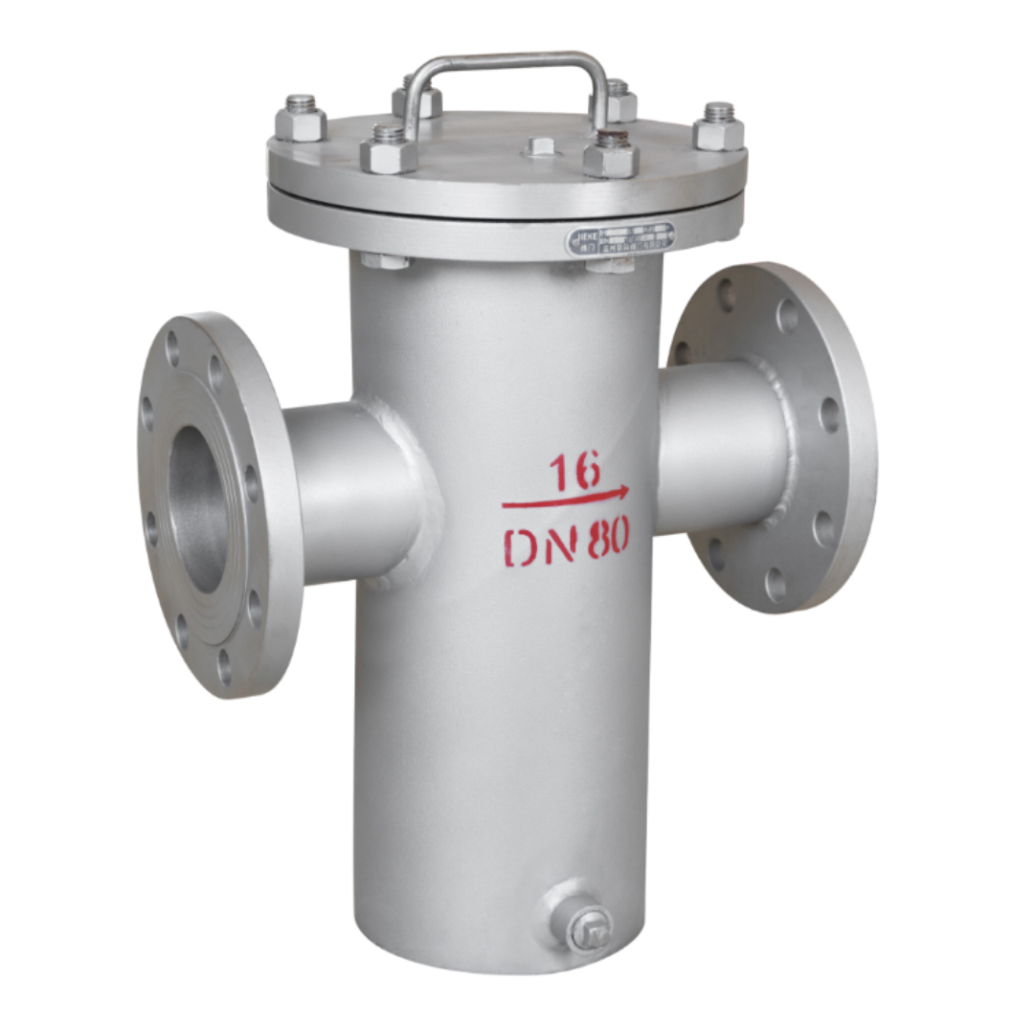
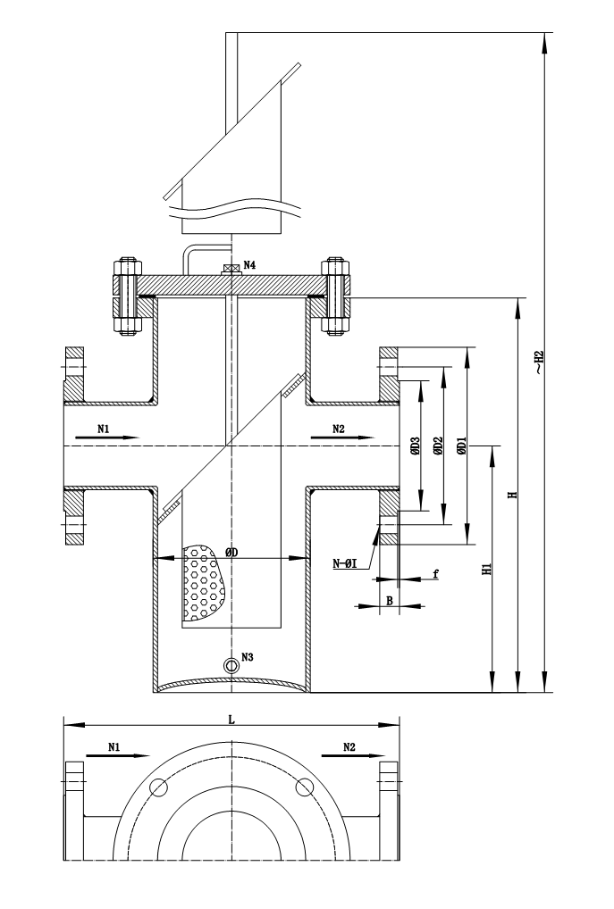
Reliable filtration to protect valves and pipelines — Y, T, basket, and duplex types available.
Explore Strainers
Housing Materials deliver exceptional performance across diverse applications. Engineers select materials based on specific operational demands and environmental conditions.
Filter Basket Design determines filtration effectiveness and operational longevity. Manufacturers engineer these critical components using proven materials and reinforcement techniques.
Sealing Systems ensure leak-proof operation and simplified maintenance procedures. These auxiliary components significantly impact long-term reliability and operational efficiency.
Basket strainers offer multiple configurations to match your specific needs. The main choice involves simplex versus duplex systems, each serving different operational requirements.
Specialized designs enhance filtration capabilities beyond basic straining. Magnetic basket strainers capture ferrous particles, while high-pressure models handle demanding hydraulic systems.
Proper installing and maintenance are vital for optimal basket strainer performance. Key points to consider include:
Maintenance strategies include:
Regularly inspect gaskets to prevent leaks during thermal cycling and check mesh integrity to avoid bypass contamination. These practices ensure that your basket strainer remains in top condition, providing reliable filtration over its lifespan.
Basket strainers and Y-strainers serve similar filtering purposes but engineers choose them for different reasons.
Basket strainers excel in high-flow scenarios with minimal pressure drops of 2-5 PSI, delivering flow capacities up to 10,000 GPM.
Y-strainers feature compact designs that fit tight spaces perfectly, handling lower flow rates of 100-1,500 GPM efficiently.
Maintenance requirements differ significantly between these strainer types.
Basket strainers demand complete system shutdowns for cleaning cycles unless you install duplex configurations for continuous operation.
Y-strainers allow technicians to perform in-line maintenance without stopping system operations, reducing downtime by 75% in critical applications.
| Feature | Basket Strainer | Y-Strainer |
|---|---|---|
| Flow Capacity | High flow capacity | Lower flow capacity |
| Pressure Drop | Low pressure drop | Higher pressure drop |
| Design | Larger, basket-shaped | Compact, Y-shaped |
| Maintenance | Requires system shutdown (except duplex) | Allows in-line cleaning without shutdown |
| Suitable Applications | High flow, coarse filtration | Limited space, smaller flow systems |
| Cleaning Frequency | Periodic cleaning required | Easier to clean frequently |
| Installation Position | Typically installed horizontally | Can be installed horizontally or vertically |
| Cost | Generally higher due to size and complexity | Usually lower cost |
Basket strainers are key parts in home and factory plumbing. They have strong parts and come in different types. These devices keep systems running smooth. Good setup and care make them work better.
Keep debris out of your plumbing system. This helps your equipment last longer. Pick the right strainer. Take care of it properly. This gives you smooth operation for many years.
You should clean your basket strainer whenever you notice a significant increase in pressure drop, as this indicates a buildup of debris. Regular monitoring of pressure will help maintain optimal performance.
Basket strainer housings are typically made from carbon steel for durability, stainless steel for corrosion resistance, and thermoplastics for chemical compatibility. Choosing the right material ensures optimal performance and longevity.
Duplex basket strainers offer the significant advantage of continuous operation, as they enable one basket to be cleaned while the other remains in use, thereby reducing downtime. This feature is particularly beneficial for processes requiring uninterrupted flow.
Yes, basket strainers designed with robust housing materials and appropriate sealing systems can handle high water pressure, making them suitable for demanding industrial applications.
Basket strainers effectively remove solid debris such as gravel, dirt, and other foreign particles, preventing clogging and damage to downstream equipment.
Selecting the correct mesh size depends on the size of unwanted debris you need to filter out. A mesh screen with openings slightly smaller than the smallest particles ensures effective filtration without frequent clogging.
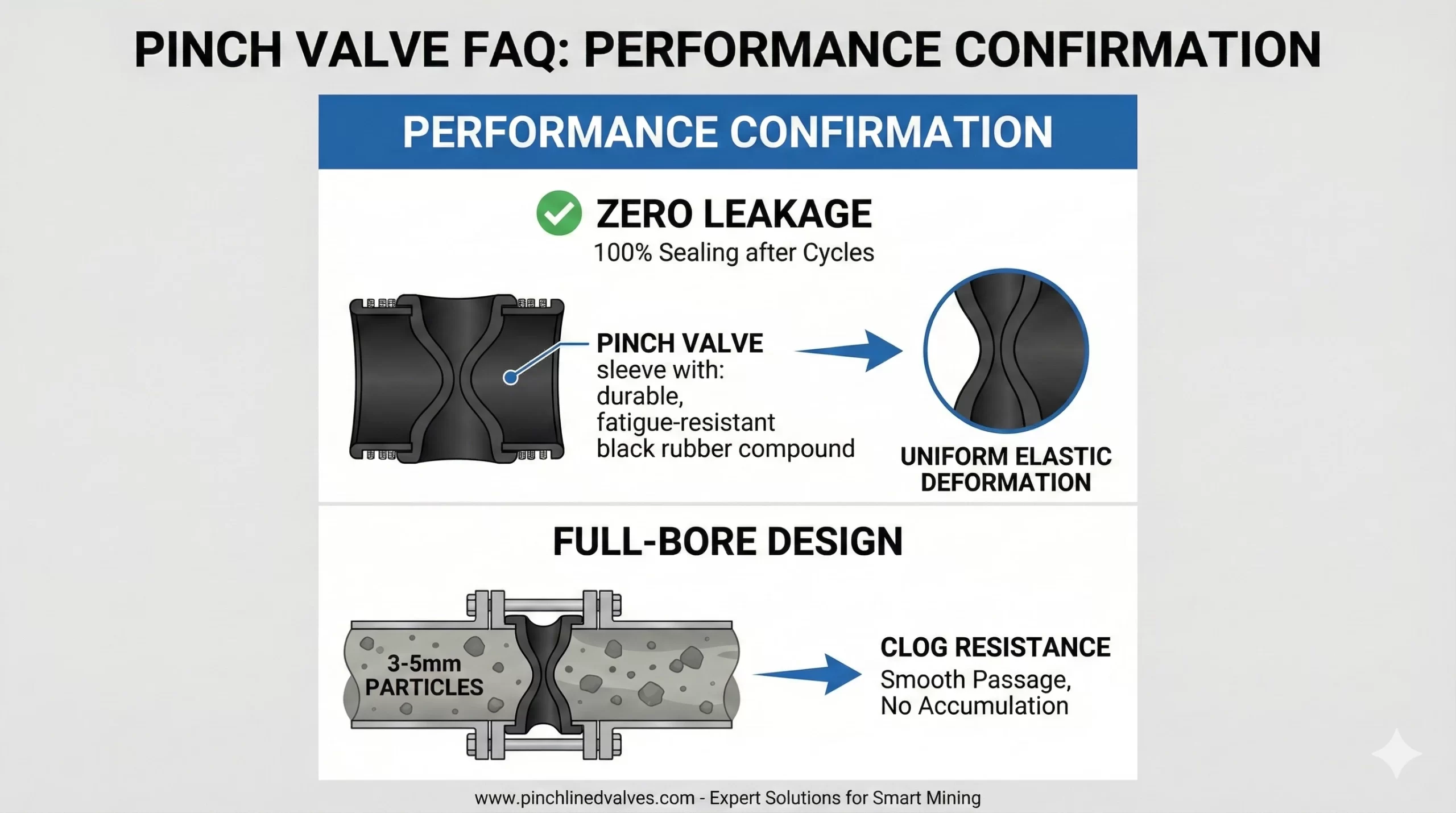
Question 3:Performance Confirmation:Your documentation mentions “zero leakage” and “clog resistance.” We would like to confirm: After long-term operation, will repeated compression cycles cause sleeve fatigue leading to sealing failure? Is the full-bore design truly effective for slurries with larger particles (e.g., 3-5mm)? Answer 3:Confirmation of “Zero Leakage” and “Clog Resistance” Performance (1)Zero Leakage Reliability: Our […]
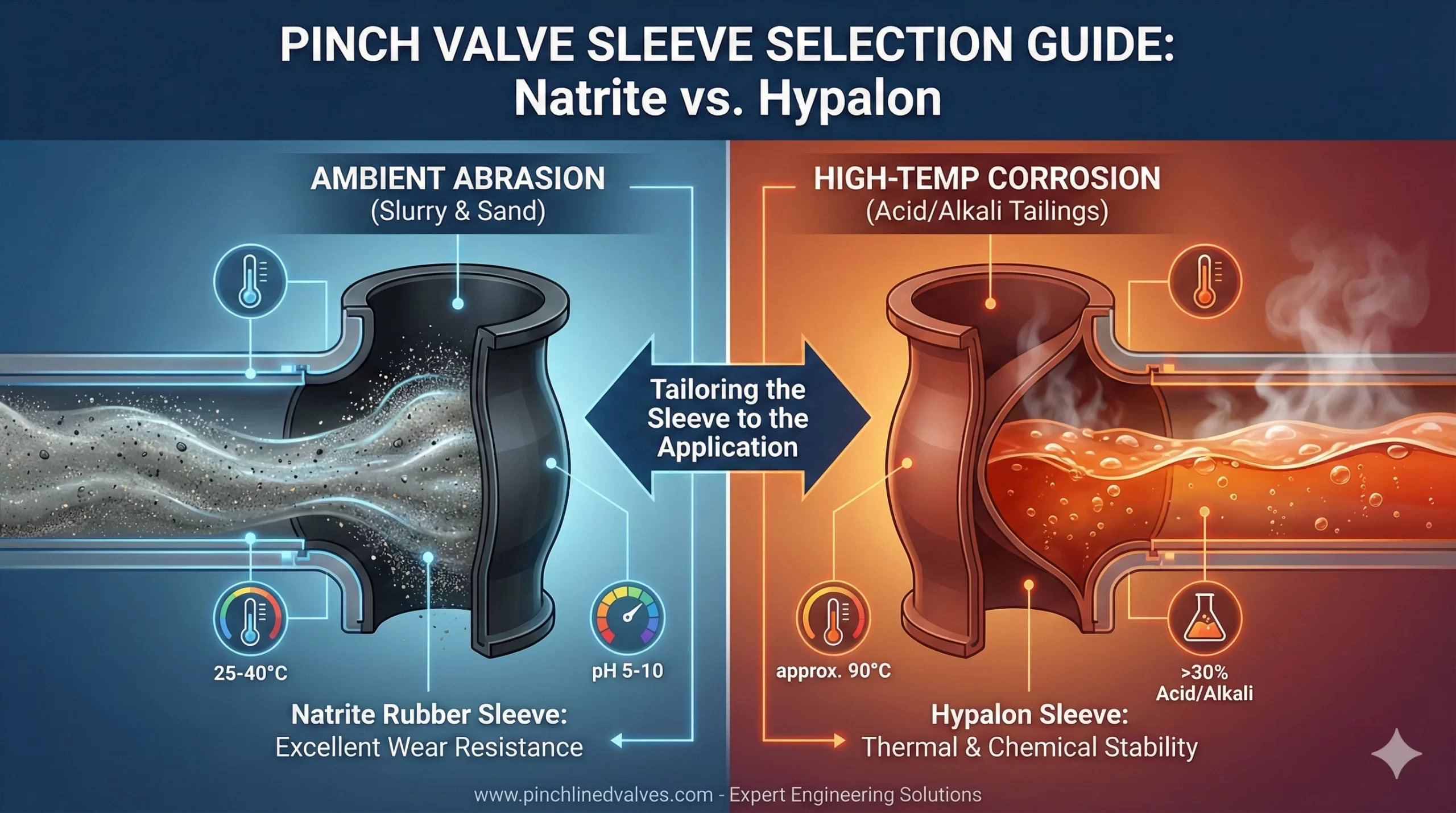
Material Selection:We are dealing with different working conditions: (1)Question1: Condition A: Ambient temperature (approx. 25-40°C) slurry containing fine sand, where wear resistance is the primary consideration, with weakly corrosive media (pH 5-10). Answer1:(ambient temperature, fine sand, low concentration corrosion, high wear resistance): Preferred recommendation: Natrite Rubber sleeve. Reason: The core advantage of Natrite Rubber lies in its […]
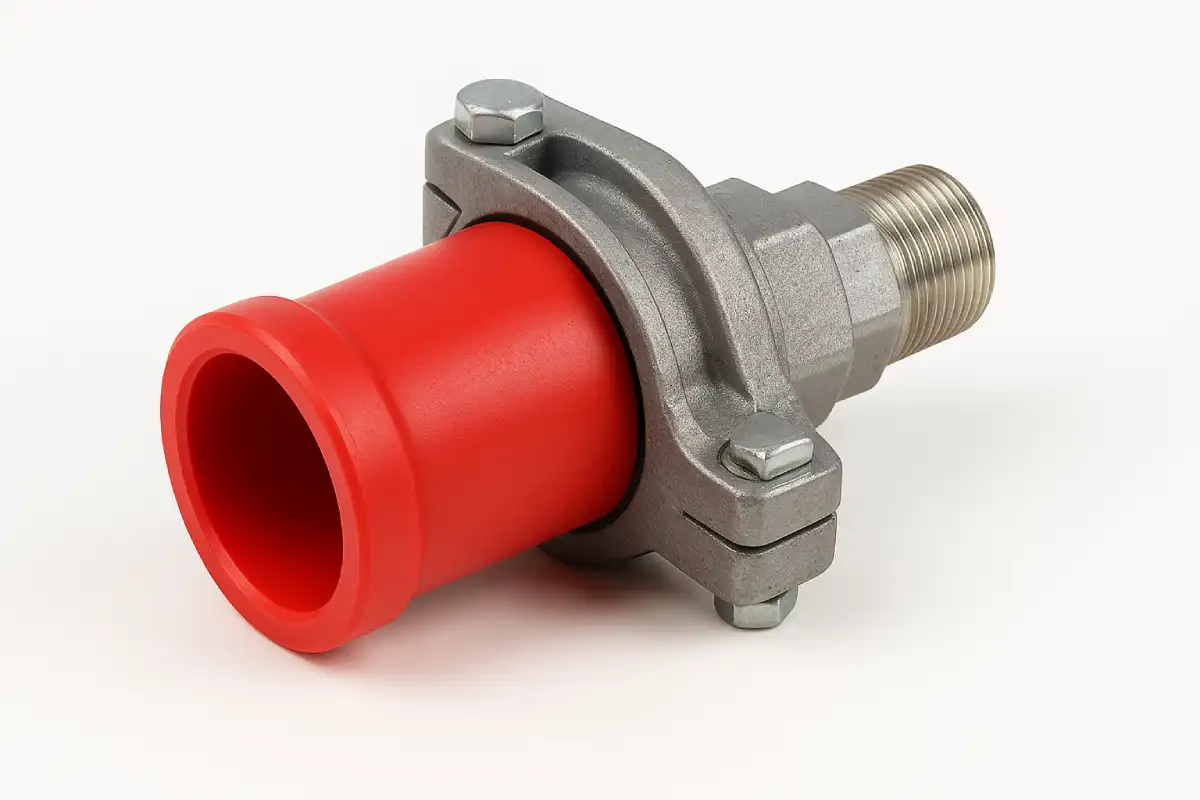
A pinch valve adapter connects a pneumatic pinch valve or manual valve to pipes, tubes, or other parts of a system. With this connector, the valve can manage liquid or gas flow without leaks or strain. It also lets the valve fit in tight or unusual setups. This reduces operational risks and improves overall performance. […]

Yes, they are. Hygienic pinch valves are specially designed to keep things clean and safe, which is why they’re so common in food, pharmaceutical, and biotech environments. Their smooth interior and dead-zone-free design make cleaning quick and reliable. And if the term is new to you, don’t worry, this article will walk you through what […]



